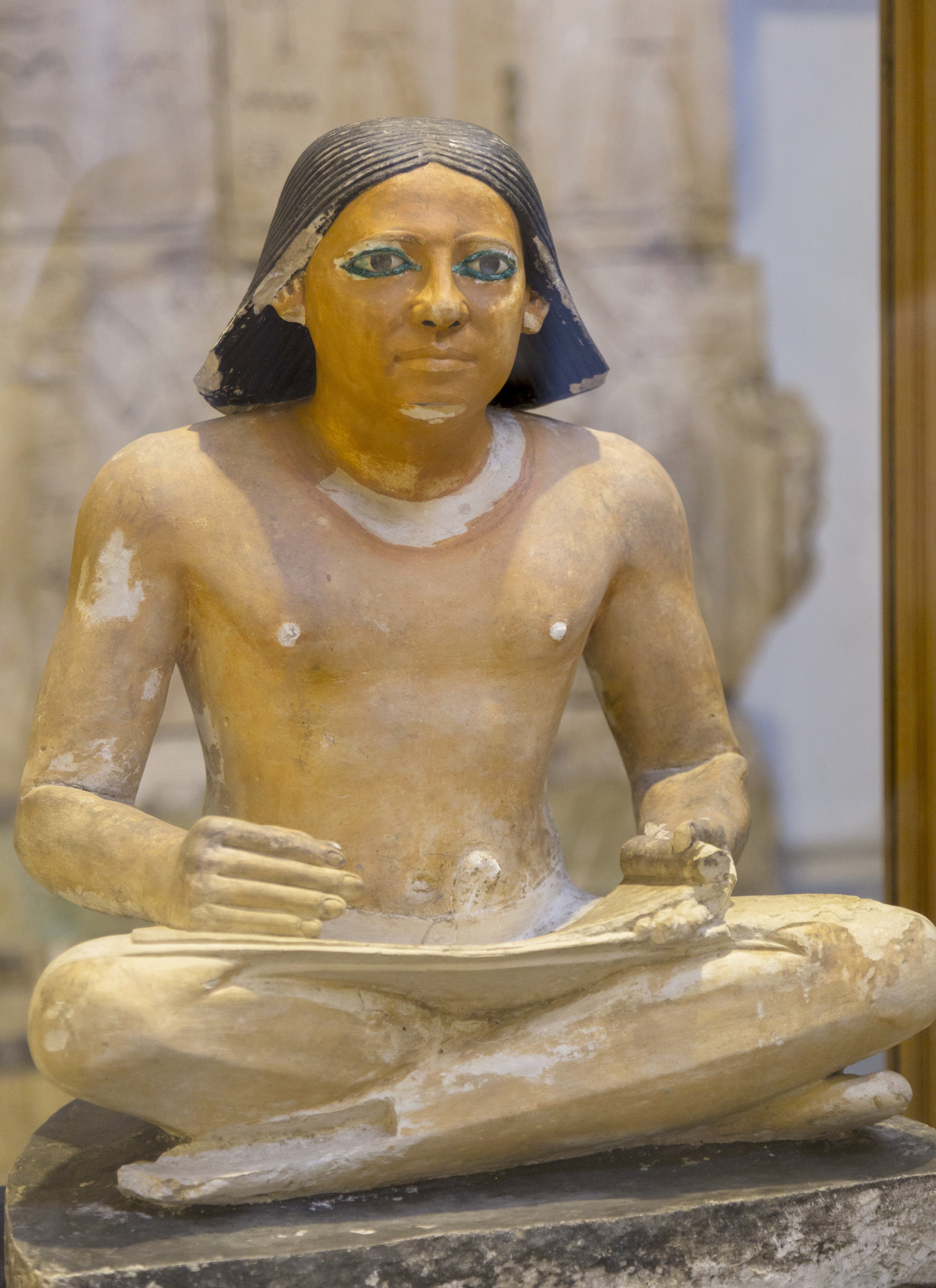Creative writing
Ancient Egypt & archaeologyAlthough hieroglyphics are Egyptian, the word hieroglyphics is Greek. “Hiero” means “holy” and “glyphics” means “marks” or “writings” – so the word means “holy writings“. The Egyptians believed there was great power in a name. If someone’s name was remembered then he or she would survive in the afterlife. That’s why pharaohs’ names were written in hieroglyphics in their tombs. Hieroglyphics were composed of pictures of living creatures, objects used in daily life or symbols.
These painstakingly drawn symbols were great for decorating the walls of temples but for conducting day to day business there was another script, known as hieratic This was a handwriting in which the picture signs were abbreviated.
Hieroglyphs can be written in almost any direction; left to right, right to left, or top to bottom. The reader would figure out which way to read it by the direction that the symbols were facing. There was no punctuation used in hieroglyphics & one of the goals in using hieroglyphics was that the writing would look beautiful, like art. A single picture symbol could mean a whole word, called an ideogram, or a sound, called a phonogram. For example, a picture of an eye could mean the word "eye" or the letter "I".
 |
| A scrib, The Egyptian Museum of Antiquities, Cairo |
Since writing in hieroglyphics was so complicated, it took years of education and practice to be able to do it. The people who trained to write were called scribes. They would start training at a very young age of six or seven. Being a scribe was a good job in Ancient Egypt. They were very highly thought of and only the children of the wealthy got the opportunity to train as scribes. A very famous scribe was Imhotep. He became high priest of the sun god, designed the first pyramid, and was later turned into a god.
Hieroglyphs were written on tablets and temple walls, but they were also written on papyrus reed. The reeds were flattened, dried, and stuck together to make pages. The Rosetta Stone, found in 1799 by French soldiers, was the key to help work out how to read hieroglyphs. The stone was carved with the same piece of text in three different languages: Middle Egyptian hieroglyphs, Demotic and Greek. The French historian Jean-Francois Champollion successfully translated the hieroglyphs in the 1820s. It is thanks to him that we are now able to understand the many hieroglyphs that have been discovered.
